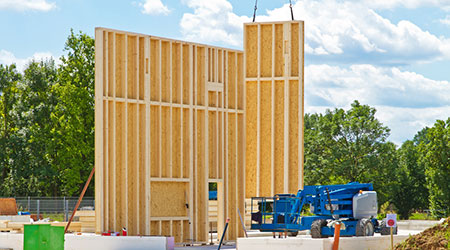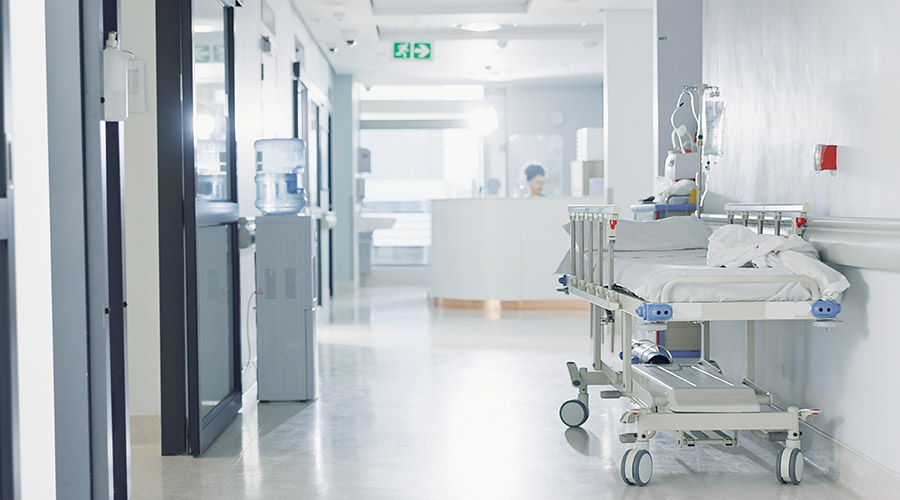The $400 billion healthcare construction industry has seen its fair share of change over the years. From new materials and the latest technological advances to updated building standards set by the Facility Guidelines Institute and reviewed by The Joint Commission, healthcare construction is constantly evolving. While many trends in the industry come and go, pre-fabrication and modular construction – one of the biggest trends in healthcare today – is here to stay.
Put simply, modular construction is the process of constructing a building off-site through the use of modules, then fitting them together in a pre-planned order at the job site. The Modular Building Institute further defines the process as construction “under controlled plant conditions, using the same materials and designing to the same codes and standards as conventionally built facilities, but in about half the time.”
As with any new trend, there are challenges, but modular construction also has many benefits.
Reduced time
One of the most common phrases you’ll hear in modular construction is “speed to market.” Modular construction considerably cuts down on the time needed to build a facility, meaning more patients can be admitted into your healthcare facility faster. Though both modular and regular construction processes start with a detailed design plan, permit approvals and groundbreaking, modular construction soon pulls ahead. As the foundation and excavation is taking place at the job site, the modular facility is being built in an off-site factory at the exact same time. That means no delays from the groundbreaking process or inclement weather. What takes some construction projects 12 months to complete can be finished in just 60-90 days through modular construction.
Lowered costs
Affordability is another significant benefit of modular construction. Costly delays are avoided due to modularity’s quality control. There are specialized inspections in place as modules are constructed and moved down the assembly line. This strategy catches and corrects defects as they appear, without affecting other areas of the project. As modular construction becomes the norm, the overall cost to manufacturers will also continue to decrease.
Reliability and repeatability
All in all, modular construction has a very reliable format and timeline. The process is incredibly streamlined. As the modules are completed in a controlled environment where materials and quality of work is checked before, during and after, your team can take comfort in knowing that the project is getting done without an impacted timeline or budget. Once you’ve built one healthcare facility with modular construction, your branding standard can easily be repeated with facilities of the same type, too. Future facilities can take on a standardized look, feel and color that’ll be familiar to your associates and patients.
Mike Wood is the Vice President of Planning, Design, Construction & Energy at Medxcel, specializing in the creation, direction, organization and administration of Medxcel's national construction portfolio. Medxcel provides healthcare service support and drives in-house capabilities and efficiencies for healthcare organizations. Wood leads his construction management teams with his 35-plus years of leadership experience and his unique diverse strategic and operations knowledge in the healthcare sector.

 Healthcare Real Estate: Challenges and Industry Shifts for 2025
Healthcare Real Estate: Challenges and Industry Shifts for 2025 Geisinger to Build $32 Million Cancer Center in Pennsylvania
Geisinger to Build $32 Million Cancer Center in Pennsylvania Sunflower Medical Group Experiences Data Breach
Sunflower Medical Group Experiences Data Breach Strategies to Eradicate Biofilm Containing C. Auris
Strategies to Eradicate Biofilm Containing C. Auris Man Attacks Nurses, Police Officer at Jefferson Hospital
Man Attacks Nurses, Police Officer at Jefferson Hospital